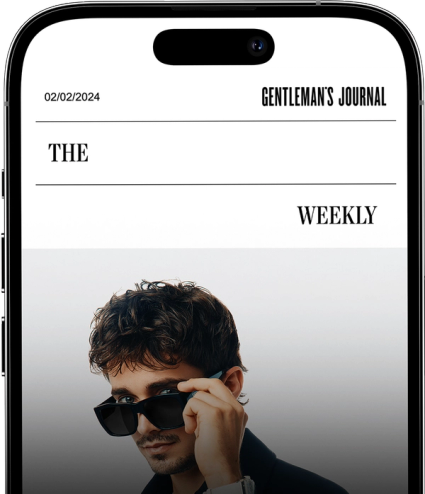
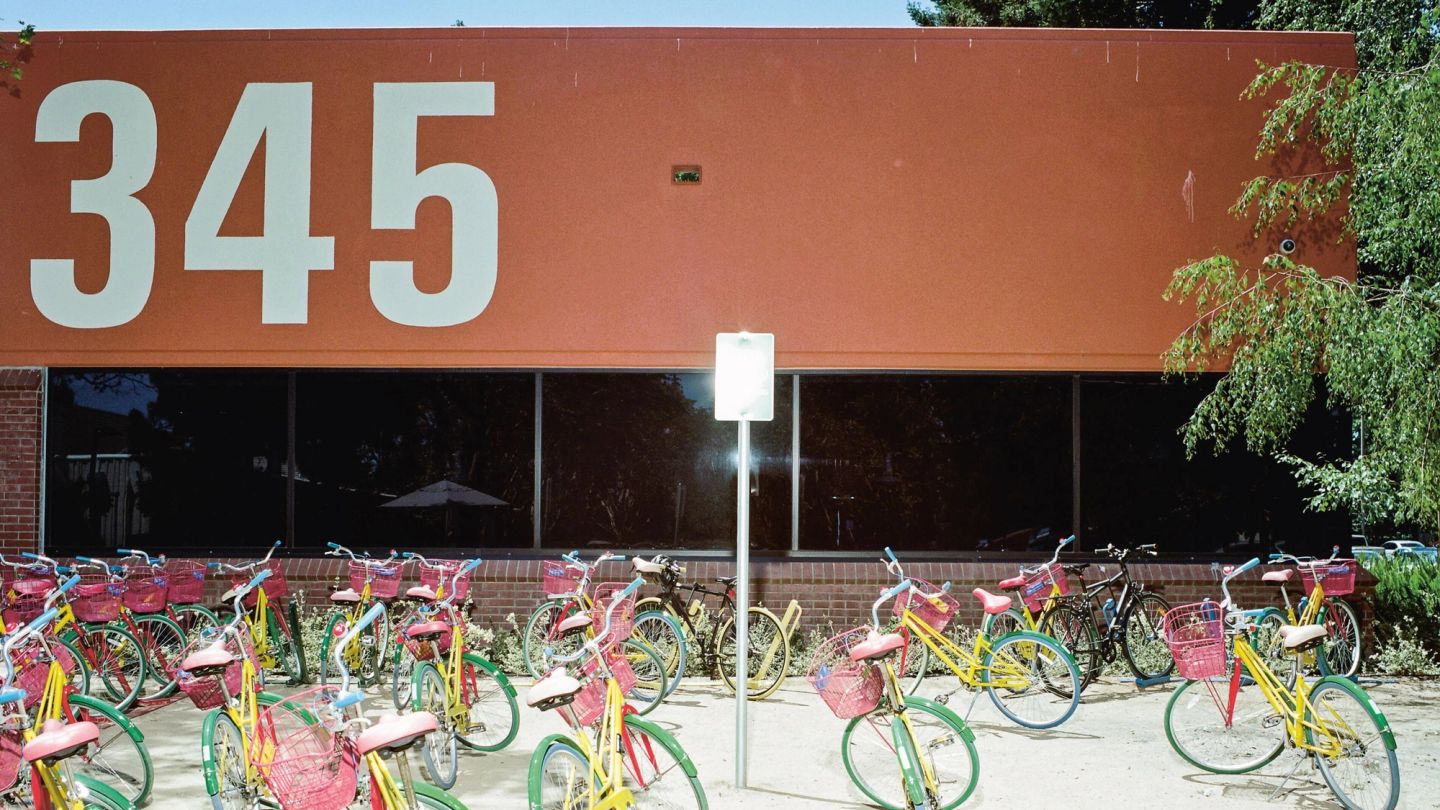
‘A myth and a business’: Inside the real Silicon Valley with Tod’s NO_CODE
A new photography book from Tod's dives deep into the everyday life of Silicon Valley — and raises just as many questions as it answers
Words: Joseph Bullmore
Photography: Ramak Fazel
What does Silicon Valley look like? Could you sketch it if you had to? Act it out in a game of charades? Identify its landmarks in a pub quiz? It’s simple enough to conjure an image of London in your mind, or Manhattan, Paris, São Paulo, Singapore. But Silicon Valley is slippery and out of focus. For all its tendrils into our daily lives, it is a tricky thing to pin down and fix in place. There are no historic landmarks or famous boulevards; no renowned palaces or public parks. There is no official border or centre point; no ‘You Are Now Entering Silicon Valley’ welcome. It is a concept and promise as much as a destination: a catch-all term for big tech and bigger money, and all the good and evil they might entail.
“We might think of it as a place where everything is mechanised and the colours of the sun glint against aluminium surfaces,” writes Michele Lupi in a new book on the area. “A built environment replete with autonomous cars and a horizon line dominated by science-fiction-inspired laboratories. The reality is starkly different.”
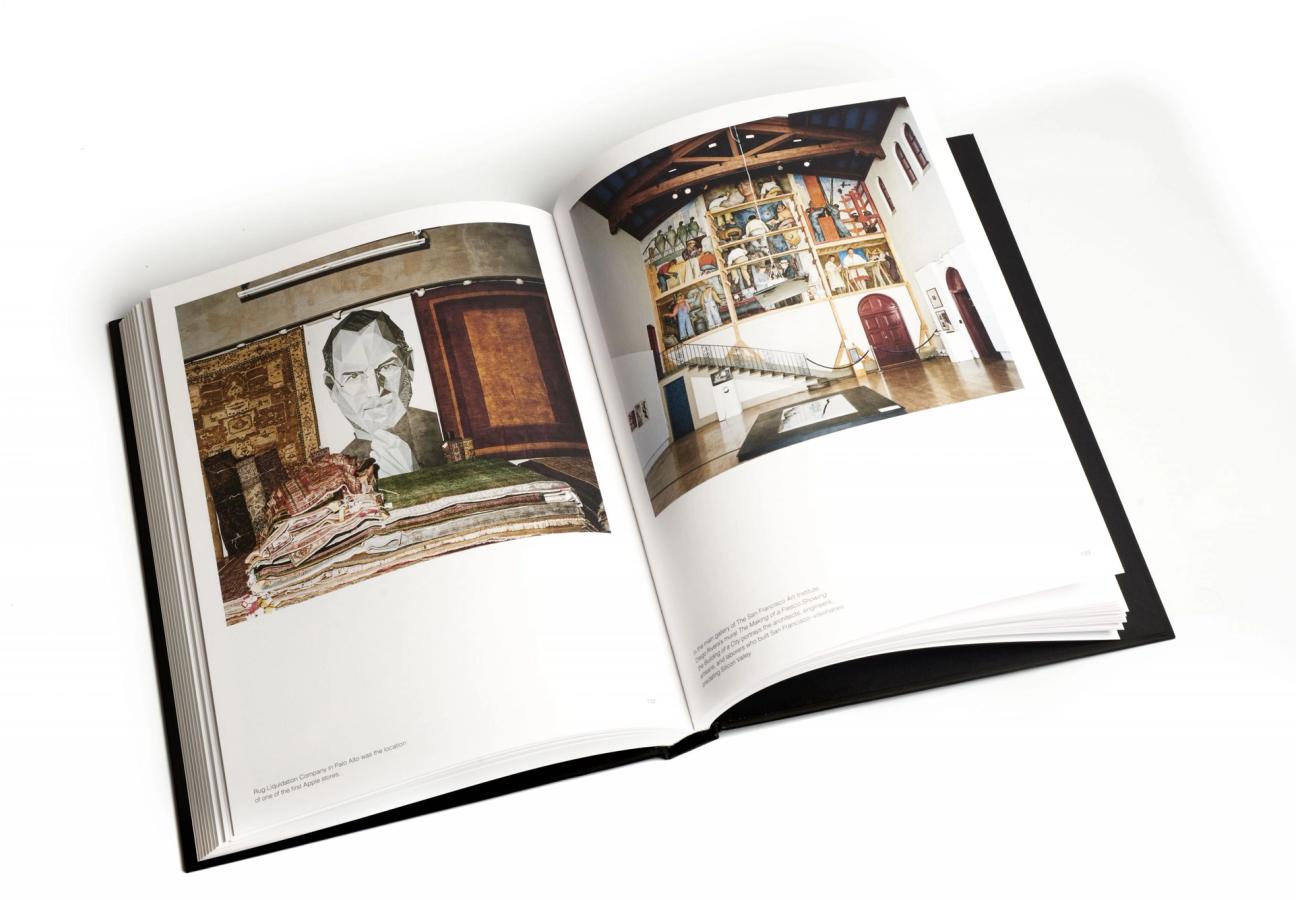
You realise this a few pages into SILICON VALLEY NO_CODE LIFE, a new collaboration between shoemaker Tod’s and photographer Ramak Fazel. For all its future thinking and digital promise, the vast majority of the region is rooted firmly in the American present. It is an unspectacular sprawl of Middle American averageness: low-slung strip malls and faded Japanese hatchbacks; Denny’s buffets and dingy dive bars; winding family suburbs and vacant parking lots. There are places of spectacular beauty and architectural phenomenon, of course, and the tech campuses themselves are often whirring, blinking places of purpose. But the remaining 99% is quiet and understated — and gently confused by its new status, its new neighbours, its new house prices, its new infamy.
“Essentially, Silicon Valley is a place for nerds and hippies..."
“By the end, I thought even Milan was probably more technological than Silicon Valley,” says Michele, the Men’s Collections Visionary at Tod’s. “If you go to a bar where the engineers from the tech companies drink a beer after work, for example, it’ll probably be cash only.” This, he points out, is a hangover from the area’s hippie past — the heady days of the 1960s, when a few counterculture revolutionaries attempted to wrestle the blossoming semiconductor industry away from its seat down in Texas. “Essentially, Silicon Valley is a place for nerds and hippies,” Michele says. It’s that odd tension — between the high-tech and the low-fi; the digital and the crunchy — that this new Rizzoli book hopes to explore. Tod’s is revered for its exquisite, traditional hand-craftsmanship — but its newer NO_CODE collections feel high-concept and distinctly modern. Likewise, photographer Ramak Fazel shot the entire project on a vintage analog Rolleiflex camera. There is grain, texture, warmth and imperfection — and yet the constant white-toned flash feels cool, clinical and detached.
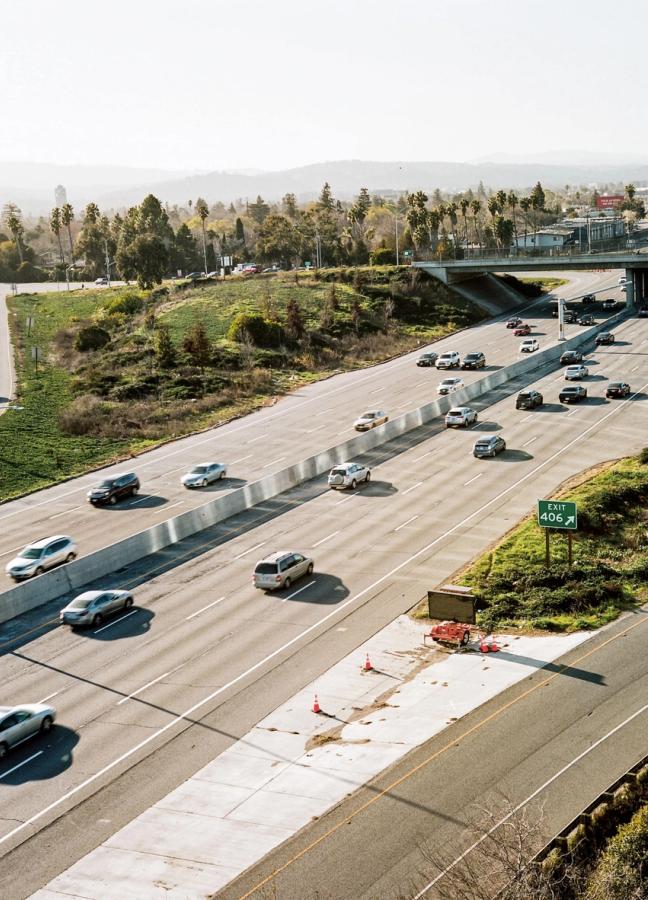
“What surprised me most was that many of the people who we met in tech were fascinated with analogue objects: they loved 1960s Porsches, and were obsessed with old cameras,” says Michele. “It’s funny — they make a lot of money in the digital world, but all their interests are in iconic, physical, analogue things.” That tension has become particularly poignant in the past 15 months — the more we rely on our virtual tools, the more we crave almost anything else. But it is even more alive down in the Valley itself, where people and their stories and the everyday clutter of their lives are tinged, at all times, in the blue, humming light of the screen.
This detached garage at 367 Addison Avenue in Palo Alto is the site where, in 1939, recent Stanford engineering graduates Bill Hewlett and David Packard founded one of the area’s first electronic companies. It is one of numerous Silicon Valley sites claiming ‘Birthplace’ status.
Every day, starting before dawn, a platoon of unmarked buses travel from San Francisco, transporting thousands of workers to tech campuses in The Valley to the south. The amenities and comforts on the ‘tech buses’ offer incentives for employees to work while in transit.
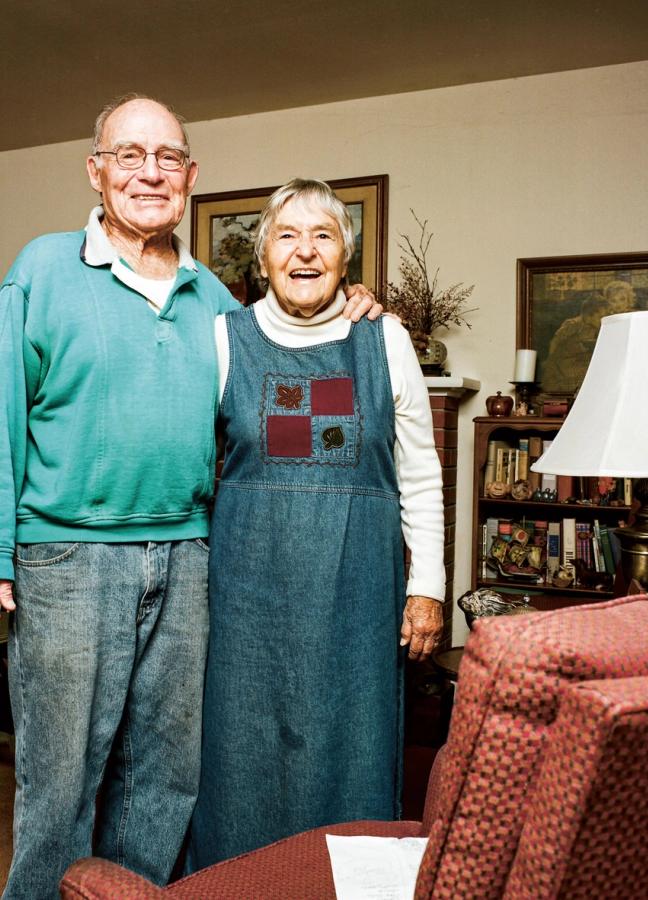
“We decided to go visit the garage where Steve Jobs created Apple with Steve Wosniak,” says Michele. “We arrived in a black van, and this couple came out from behind us as we were shooting the house. They said that a lot of people would come to photograph Steve Jobs’s house, but they would never look around them.” Gene and JoAnn Tankersley had lived at 2055 Crist Drive for decades. “They knew all the stories,” says Michele. One day, Jobs and Wozniak called them over to their garage to unveil their new invention. When asked what it was for, the ‘Two Steves’ responded: “JoAnn, you can put all your recipes on this computer.” Her response: “Steve, I prefer my handwritten index cards.”
David Moretti, the Creative Director at Apple Media Products, is an avid horseman. Riding Slate acts as a ballast to the executive’s daily four-hour commute between his East Bay home and the Apple campus.
Founded in 1991, Buck’s restaurant continues its tradition as a meeting place between Sand Hill Road venture capitalists and technology entrepreneurs. Behind the client Krista Kahl, a photographer, an original Apple I logic board is kept under lock and key in a wall-mounted diorama.
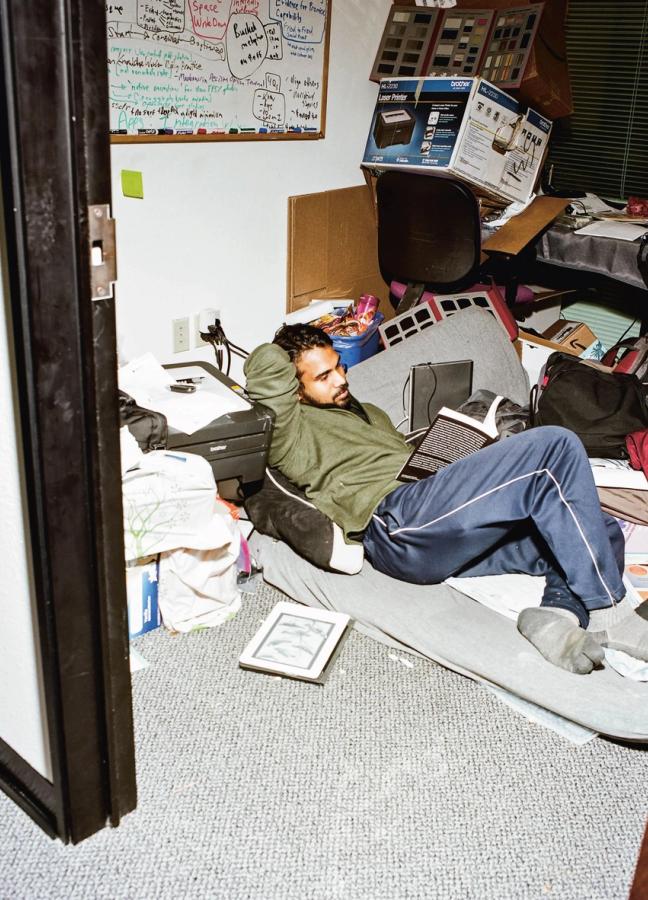
Steve Jobs’ assertion that the computer is a ‘bicycle for the mind’ — an instrument capable of augmenting the cognitive capacity of human beings — continues reverberating among technology thinkers. Anjan Katta, a recent Stanford graduate in electrical and bioengineering, poses the question of what a computer might be when you shift perspective from a “how” to a “why” model. Our reliance on constant will power to avoid distractions one node informing his research. “Why,” Katta asks, “do we use the same machine to play Fortnite, do our homework, and watch YouTube?” In 2018, Katta was considered one of the “big thinkers” in Silicon Valley.
Paul & Eddie’s Monte Vista Inn is a Cupertino “dive bar” where, at the end of the work day, Apple engineers mingle with local clientele for a game of pool or darts.
It’s been suggested that no visit to Silicon Valley is complete without a “Google bike” photo. Intended for use by Google employees, these bicycles are regularly used by area residents and visitors alike.
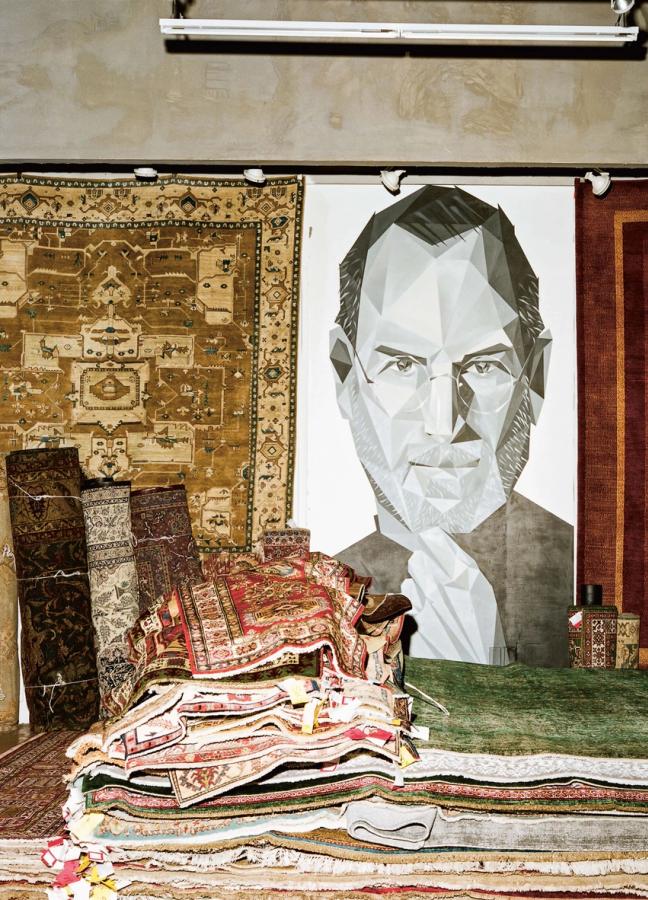
Rug Liquidation Company in Palo Alto was the location of one of the first Apple stores.
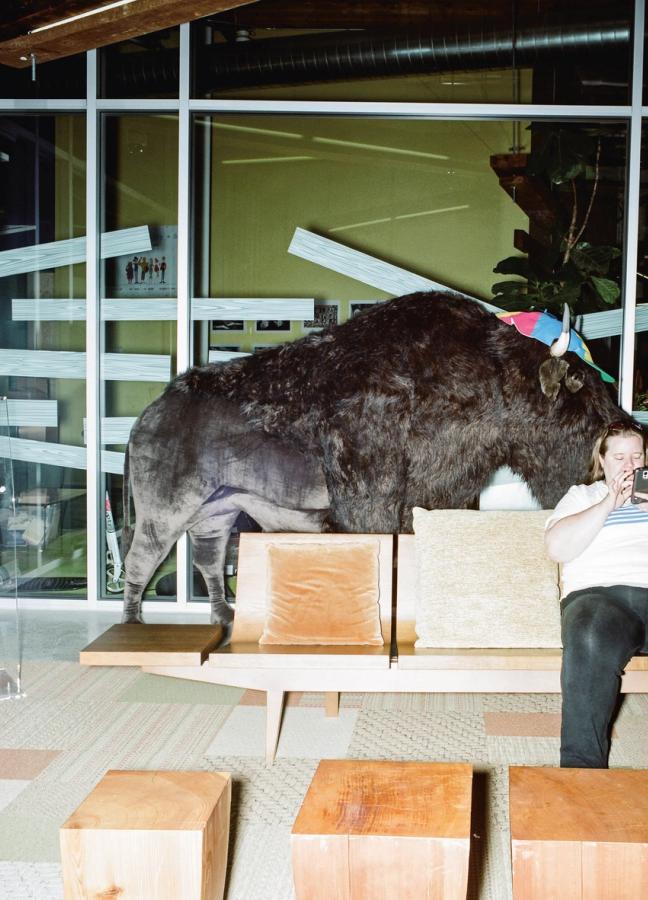
A whimsically-themed waiting room at a Google lobby in Mountain View.
SILICON VALLEY NO_CODE LIFE is published by Rizzoli, and out now.


